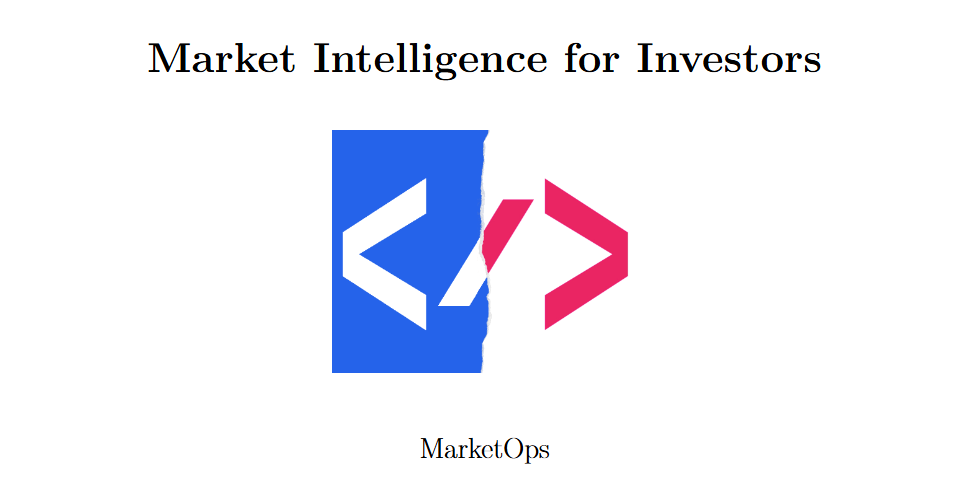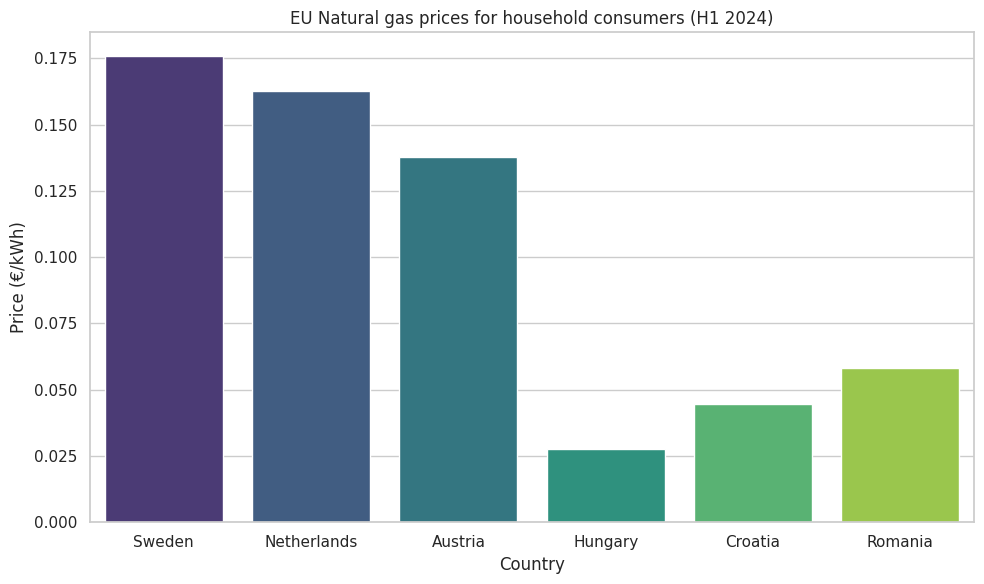[Intel Report] Geopolitical chess & market turmoil
How unchecked geopolitical tensions could trigger a chain reaction of market shocks
Table of contents:
Introduction.
Geopolitical chess.
The global stage is a roller coaster ride.
Inflation, supply shocks, and fiscal follies.
Market reactions & data insights
Global trade reconfigured and trade wars
Introduction
Welcome to the launch of this new section—I hope you like it! 💙
What you’ll read here is an excerpt from the report received by our Chief Investment Officer, Chief Risk Officer, and Chief Operating Officer. While the original document was more formal, we’ve refined it, making it both more conversational and visually accessible.
Our discussion unfolds like a chain reaction:
It all starts with geopolitical events and policies—think high-profile moments like the Trump–Putin call, a series of sanctions, and pivotal elections. These events set the stage for broader macroeconomic dynamics, where we see global GDP growth hovering around 3%, inflation near 3.6%, and notable energy and supply shocks influencing the market.
These macroeconomic shifts then trigger corporate and market reactions. We observe changes across various instruments, from ETFs such as SPY, EFA, and EEM, to commodities like USO, GLD, and BTC, along with increased stock volatility and a flight to safe-haven assets.
Next, we zoom in on a sector spotlight: Technology. Here, innovation—exemplified by companies like TSLA and AAPL—intersects with regulatory moves and the influence of public funds, shaping a unique dynamic in the tech world.
As these trends continue, we encounter a stage of geopolitical chess. This involves strategic plays in trade wars, ongoing energy issues, the imposition of tariffs, and a degree of policy gridlock that adds complexity to the global scenario.
Finally, we explore the digital pivot and future trends. In this realm, technologies such as blockchain, AI, and crypto are gaining momentum, complemented by the emergence of new trade routes and a reordering of global structures.
Geopolitical chess
European natural gas prices are soaring—three to four times higher than in the U.S. For example, Dutch TTF gas futures are around 58 euros per megawatt hour, while U.S. prices at Henry Hub remain much lower. High energy costs are putting pressure on industries, making manufacturing and data center operations significantly more expensive. It’s like running a factory where every kilowatt-hour costs as much as a Michelin-starred meal.
Here’s a quick comparison:
Key point:
High energy prices in Europe are squeezing industries, making it harder for manufacturers and data centers to operate efficiently.
These energy challenges are more than just numbers—they translate into difficulties for businesses:
Trade wars are another wild card:
Tariffs and export restrictions are the plot twists no one asked for. Remember when Trump slapped tariffs on steel and aluminum? Suddenly, the cost of everything from soda cans to bulldozers went up. It’s like trying to drive a car without knowing if there’s gas in the tank—you’re not going anywhere fast.
Uncertainty Alert:
Disrupted supply chains = delayed production.
Businesses are hesitant to invest = economic limbo.
It’s like trying to plan a picnic during hurricane season—good luck with that.
Political elections add another layer of intrigue:
Buckle up, because the global economy is basically a soap opera with plot twists every day! A single tweet from a world leader can send markets into a frenzy faster than you can say viral meme.
Recent U.S. elections? Oh, they’ve turned into a full-blown debate club on tariffs, immigration, and trade policies—all of which are shaking up growth forecasts like a snow globe. Some experts are now whispering that U.S. growth might dip to a sleepy 1.4% in 2025, thanks to tighter fiscal policies and new trade measures. Yawn-worthy? Maybe. Stressful? Absolutely.
In Europe, internal divisions complicate matters. Divergent views on energy, fiscal policy, and industrial support often lead to policy gridlocks. Some countries, like Germany, are skeptical about interventionist measures such as gas price caps, fearing they might undermine market confidence.
Here’s a quick look at some regional issues:
Grab your popcorn, folks—this show’s just getting started! 🍿
The global stage is a roller coaster ride
The global economy is like a colossal stage play—each country, policy, and market indicator plays its part. But don’t be fooled: this isn’t your typical drama; it’s more like an action-packed blockbuster. We’re talking about shifting energy prices, volatile growth forecasts, and rapid policy changes that keep everyone from Wall Street to Main Street on the edge of their seats.
Global growth forecasts:
According to leading research, global GDP growth is forecast to hover around 3% in 2025 and 2026. Now, 3% might not sound as thrilling as record-breaking booms, but it’s a solid performance in a world that’s seen more ups and downs than a caffeine-fueled squirrel!
Key point:
Global GDP growth is forecast to remain modest yet significant, even as individual regions—especially Europe and the U.S.—face unique challenges.
Inflation, supply shocks, and fiscal follies
Inflation is the guest who crashes every party uninvited. Supply chain disruptions—thanks to geopolitics, pandemics, and sometimes even Mother Nature—have led to rising prices that are reshaping business cost structures.
Companies dependent on raw materials face squeezed margins.
Companies with pricing power are better positioned to pass on higher costs.
It’s a bit like being stuck in rush hour traffic: some cars can afford the toll road while others are left honking in frustration.
Central banks are playing a high-stakes balancing act. The Federal Reserve, for instance, remains cautious about easing off on high interest rates until inflation is truly under control. Think of it as walking a tightrope over a pool of sharks—one misstep could be catastrophic. Many economists now predict inflation might hover around 3.6% in 2025, keeping central bankers on constant alert.
Key point:
Persistent inflation and supply shocks mean that fiscal policies must be carefully calibrated to avoid tipping the economy into recession.
Market reactions & data insights
When it comes to understanding the global impact of geopolitical events, numbers are our best friends. Let’s break down how key market indicators have been performing.
U.S. equity markets
Take the SPDR S&P 500 ETF Trust, currently trading at 609.73 USD. Despite the whirlwind of geopolitical events, SPY has shown surprising stability—an indication of robust U.S. corporate earnings and investor confidence. It’s as if the U.S. market is saying, “We’ve seen it all before, bring on the drama!”
International equity funds:
The iShares MSCI EAFE ETF and iShares MSCI Emerging Markets ETF provide a window into international markets:
EFA: Trading at 81.81 USD, it tracks developed international equities.
EEM: Trading at 44.07 USD, it captures emerging market dynamics.
These funds experience more volatility, reflecting regions where geopolitical risks are more immediate.
Commodity markets:
Energy and commodities are the pulse of global geopolitics:
United States Oil Fund: At 76.39 USD, USO reflects the sensitivity of oil prices to geopolitical shifts.
SPDR Gold Shares ETF: At 270.31 USD, GLD remains the safe haven when uncertainty looms.
Bitcoin: With a current price of 97,040.0 USD, Bitcoin remains the wild card—unpredictable and daring, much like a rebellious teenager at a high school prom.
For a quick visual summary, check out the table below:
As geopolitics continues to shape the global economy, a new player is emerging on the scene—algorithms, artificial intelligence and technology. These digital wizards are transforming trading and risk management, providing a counterbalance to the uncertainties of international politics. But that’s a story for our next act!









